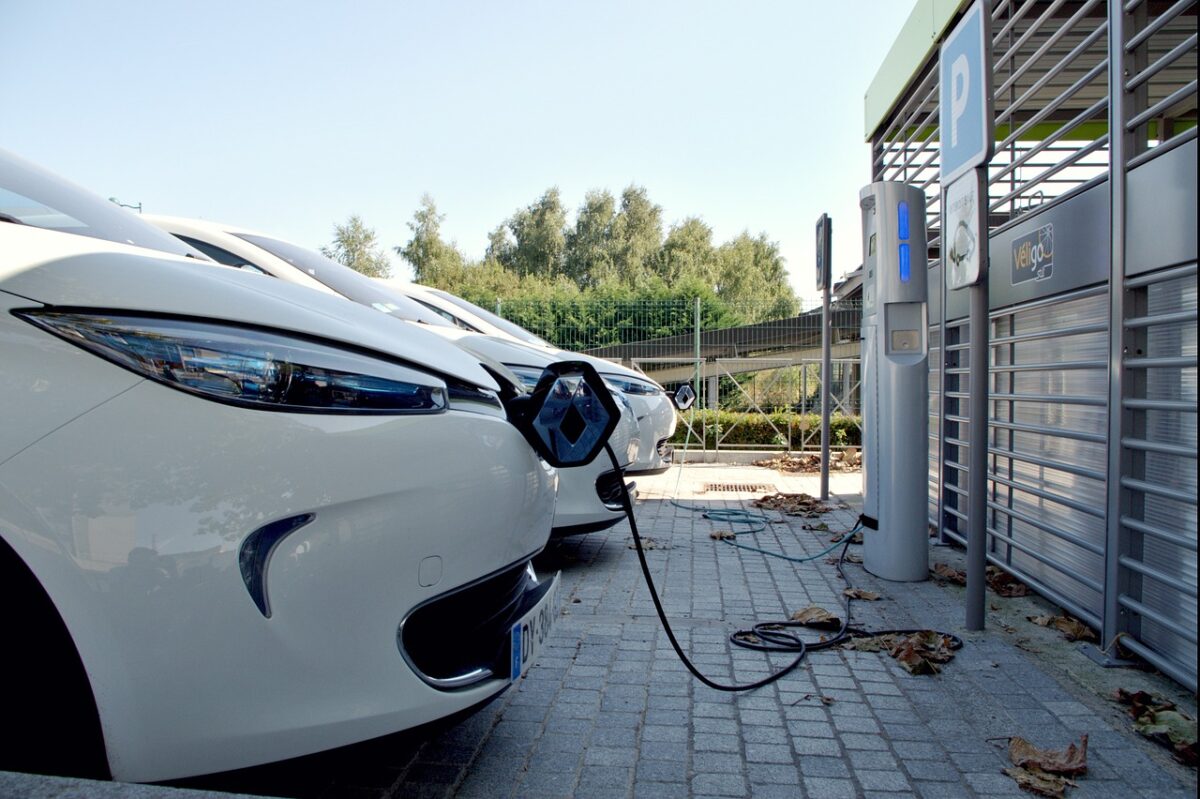From pv magazine USA
New flexible demand appliance standards are “coming down the road” in California for water heaters, behind-the-meter batteries, and electric vehicle chargers, said California Energy Commission (CEC) Commissioner Andrew McAllister at a CalFlexHub symposium.
CalFlexHub is a proving ground for flexible load technologies at Berkeley Lab, funded by the CEC, that is evaluating 12 technologies for flexible demand, in collaboration with manufacturers. After setting flexible demand appliance standards for pool controls in October, the CEC expects to open a dialogue on a new appliance category every six months, said a spokesperson.
McAllister said he expects that a rulemaking for electric water heaters will be “in full swing” by late 2024. Ten of the largest heat pump manufacturers have committed to help California reach its goal of 6 million heat pumps for water or space heating by 2030, he said.
California’s standards for pool controls, which McAllister said have created a template for future standards, will require new equipment to default to flexible demand, yet allow the customer to override that setting. Maintaining the default flexible demand setting will save customers money on their electric bills, as the appliance will operate more often on lower-cost renewable generation.
Mary Ann Piette, who leads CalFlexHub, said one concern is whether that lower cost of operation will motivate adoption of flexible demand appliances. She suggested that adding an emergency demand response capability with customer compensation would “provide the most value … We believe that flexible load in many cases will be more cost-effective than installing a battery.” She also noted that CalFlexHub is exploring heat pumps with thermal storage.
As the CEC sets standards for appliances that can respond to flexible rates – such as lower rates when renewable generation is high – the California Public Utilities Commission is working with the state’s utilities to develop flexible rates. The CPUC aims for the state’s investor-owned utilities to offer hourly marginal cost-based rates and programs by January 2027, according to a slide that McAllister presented.
McAllister said that for California to reach its goal of 7 GW of load flexibility, the state aims to combine 3 GW of price-responsive demand from appliances with 4 GW of traditional demand response, in which some customers “drop load” during the 100 highest-demand hours of the year.
“People are so excited globally about what we’re doing with load flex,” McAllister said. “I mean, the word is out, and the light bulb goes on.” People decide, he said, “Of course we’re doing that; that makes sense, and we really want to learn from what California is doing.”
The CEC said it foresees a future that goes beyond flexible demand to “transactive energy.” While flexible demand involves one-way communication of rates from utilities, through a state database known as MIDAS, to appliances, transactive energy would involve appliances with two-way communication capability, enabling electric vehicles, for example, to send energy stored in the battery back to the grid.
Noting that California’s grid is set to become carbon-free by 2045, McAllister said that in the near term, “load flex is going to help decarbonize,” and over the long term, “load flex is going to help us optimally run the grid when it is 100% carbon-free.”
California’s work on flexible rates builds on analytical support provided by a white paper by the CPUC energy division staff and an analysis of potential cost savings from the Pacific Northwest National Laboratory.
Recordings and slides from the CalFlexHub symposium are expected to be made available later this month, said a Berkeley Lab spokesperson.
This content is protected by copyright and may not be reused. If you want to cooperate with us and would like to reuse some of our content, please contact: editors@pv-magazine.com.



By submitting this form you agree to pv magazine using your data for the purposes of publishing your comment.
Your personal data will only be disclosed or otherwise transmitted to third parties for the purposes of spam filtering or if this is necessary for technical maintenance of the website. Any other transfer to third parties will not take place unless this is justified on the basis of applicable data protection regulations or if pv magazine is legally obliged to do so.
You may revoke this consent at any time with effect for the future, in which case your personal data will be deleted immediately. Otherwise, your data will be deleted if pv magazine has processed your request or the purpose of data storage is fulfilled.
Further information on data privacy can be found in our Data Protection Policy.